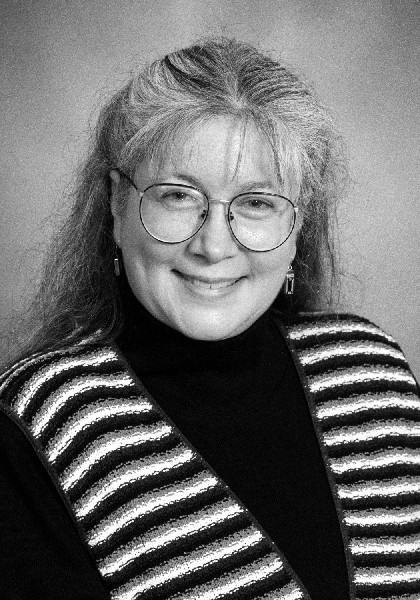Gay and Lesbian Studies and Queer Theory
[T]he queer questions the taken-for-granted assumptions we make about categories and the supposedly stable relations among them, the dichotomies and reifications that characterize a great deal of gay and lesbian work. What I value most about the queer is its potential to challenge the way we make meaning of the world, including the ways in which we think about gender, sexual practice, and identity. Therefore, with a few minor exceptions, I will use the term queer to refer not to an identity but to a questioning stance, a cluster of methodologies that lets us explore the taken for granted and the familiar from new vantage points.
—Thomas Piontek, Queering Gay and Lesbian Studies (2)
Queer Theory and Politics:
Since this is a theory book, we should begin where all good theory hopes to go before it dies: politics. Queer theory is at heart about politics–things like power and identity, language, and difference. —Riki Wilchins, Queer Theory, Gender Theory (5)
Required Readings
Piontek Queering, Introduction (1-4, line 15), Ch. 1 “Forget Stonewall: Making Gay History perfectly Queer” (7-29) (on Moodle2)
Wilchins Queer Theory, Introduction (1-4), Ch. 1 “Women’s Rights” (5-11), Ch. 2 “Gay Rights” (13-20), Ch. 3 “Transgender Rights” (21-31)
